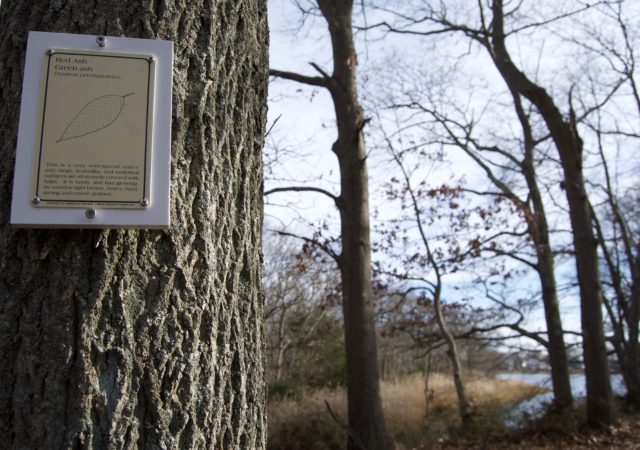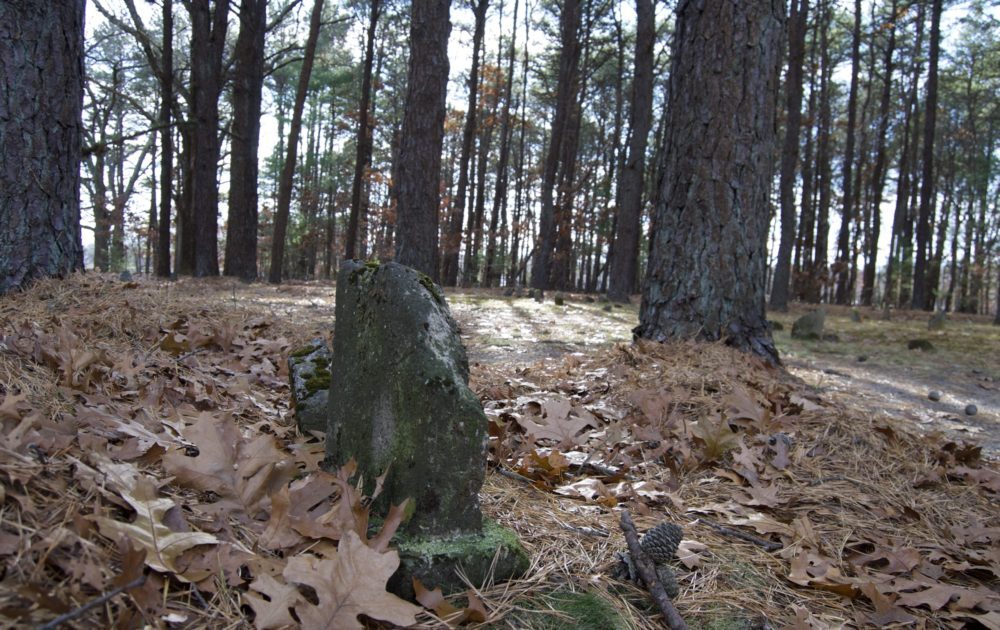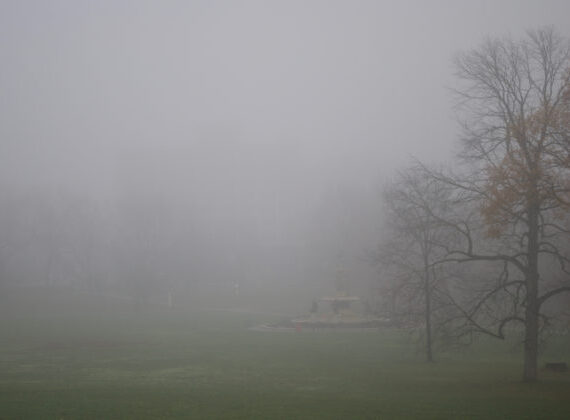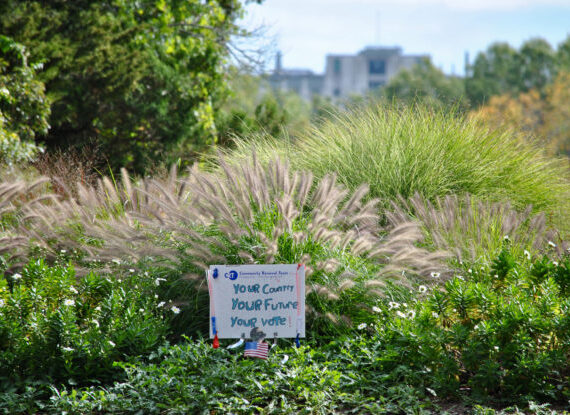Warwick, Rhode Island: land of lighthouses, saltwater and freshwater beaches, and a cemetery within a town park.
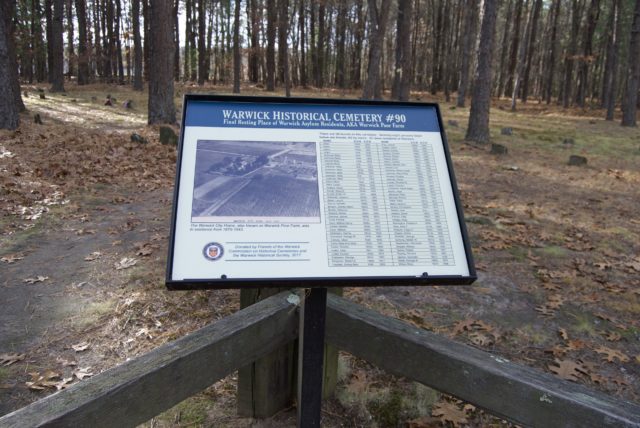
Warwick City Park, bordered by Buttonwoods Cove and Brush Neck Cove, contains the Warwick Poor Farm Cemetery, AKA Rhode Island Historical Cemetery #90.
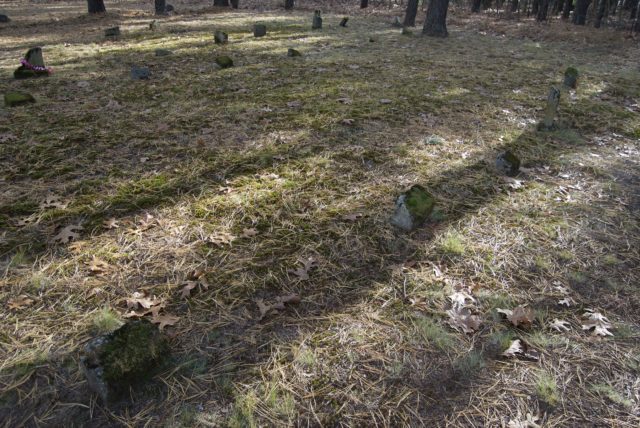
At least 94 people are buried on this site, but as is often the case with populations who have no finances or who have been cut off from their family, the headstones are modest and anonymous. That there were individual markers at all shows a level of dignity not delivered elsewhere, like Hartford’s smallpox cemetery in Sigourney Square Park or the Wethersfield State Prison cemetery. At least 22 of those buried were not residents of the Poor Farm, and, half of those non-resident burials were infants.
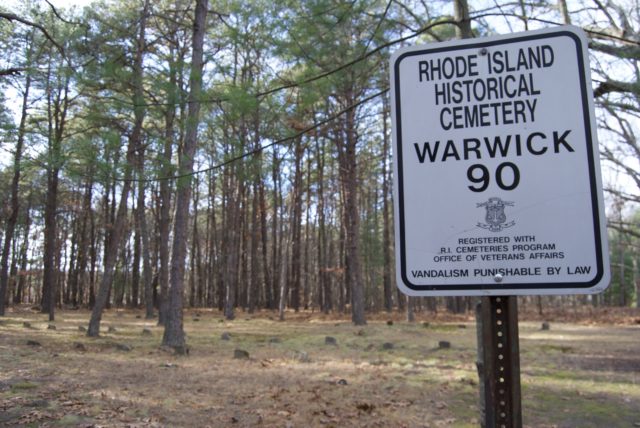
Warwick Poor Farm was created in 1870 as a place for those who had nowhere else to go, whether they were poor or contending with mental illness. It was not a free-for-all. Residents had strict rules and schedules to follow, and could be put in solitary confinement. Poor houses or poor farms, in general in the United States, operated similarly — providing food and shelter for the destitute who were expected to accept the loss of autonomy in exchange. Those who were able-bodied were expected to do physical labor. Many of these facilities shut down when federal housing and other assistance programs were created in the 1930s. The food-producing farm in Warwick ceased in 1943.
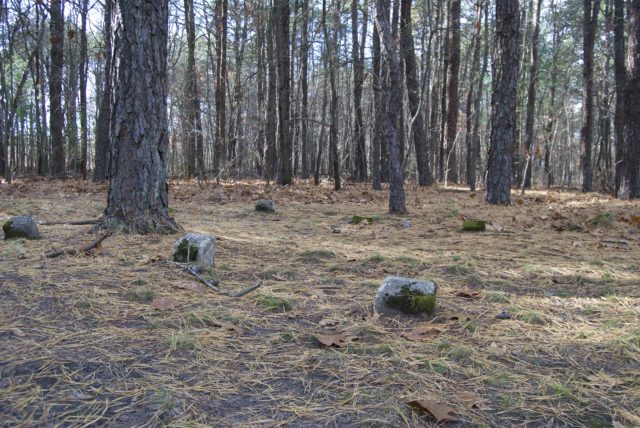
Friends of the Warwick Commission on Historical Cemeteries and the Warwick Historical Society in 2017 installed a sign listing the names of known burials on the site.
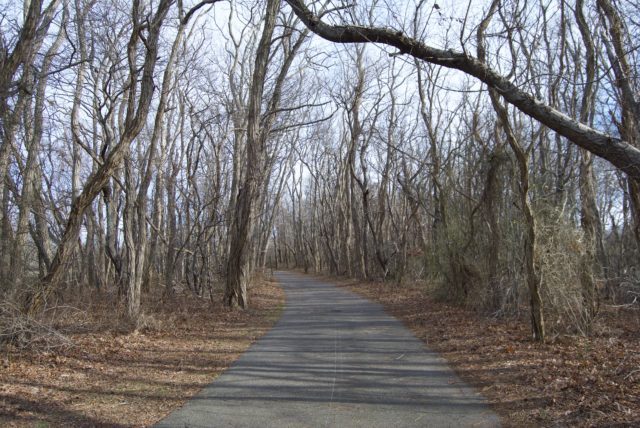
There are worse places to spend eternity, I suppose, like in a cemetery that has been bisected by a freeway or is surrounded by chain link fence. Not like the dead can appreciate the views, but still, resting in the pines in a park with bicycle paths, a dog park, and a beach ain’t bad.
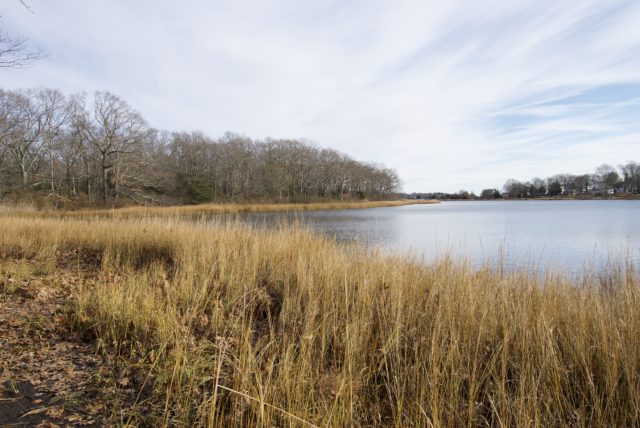
Warwick City Park is accessible from Asylum Road in Warwick, Rhode Island.
